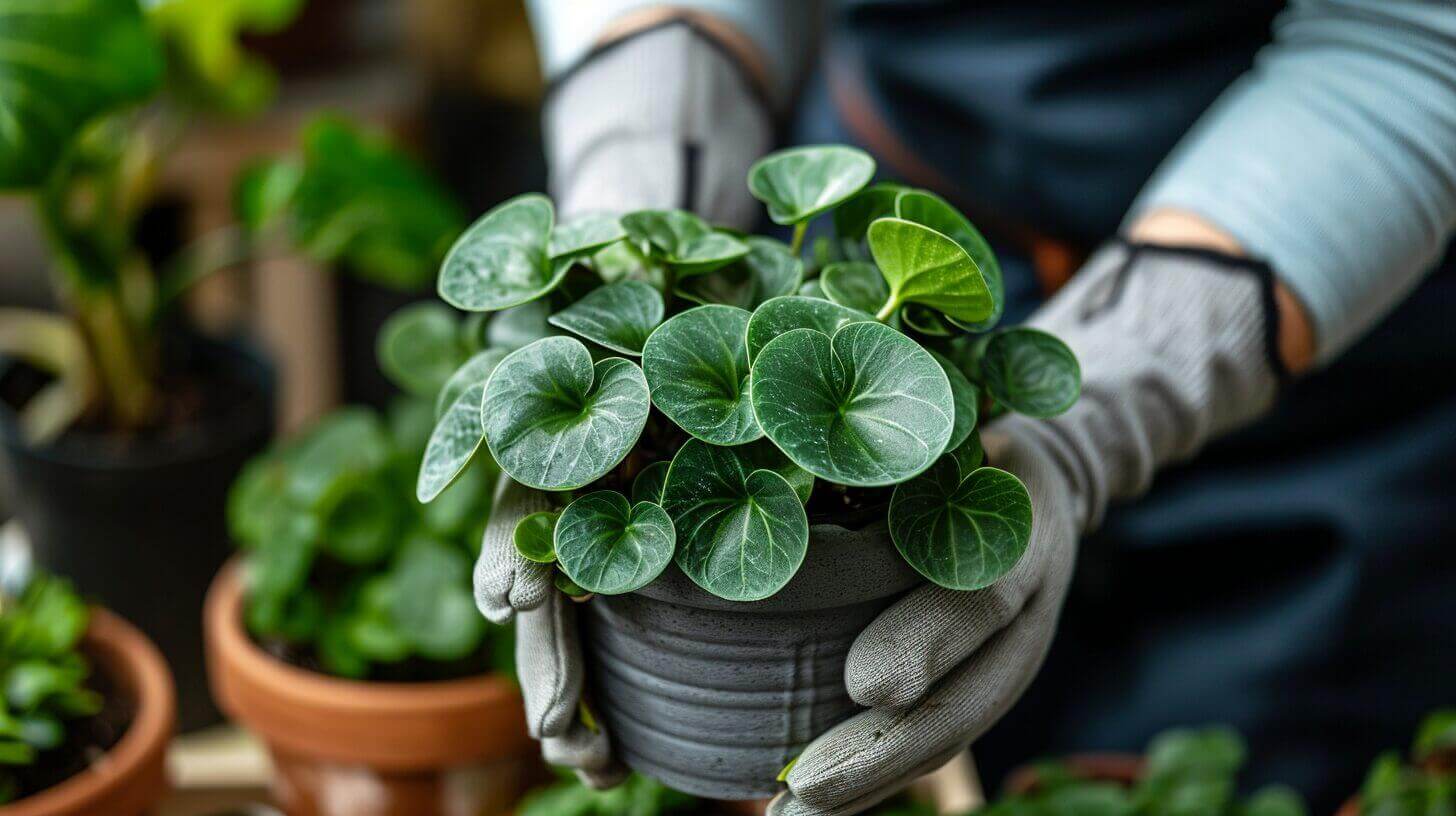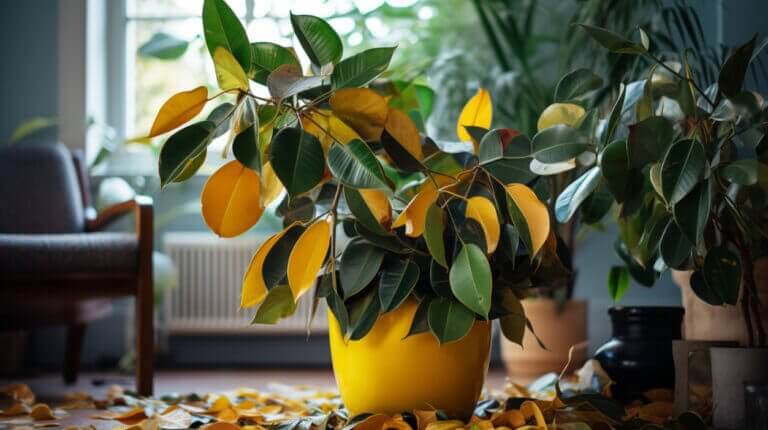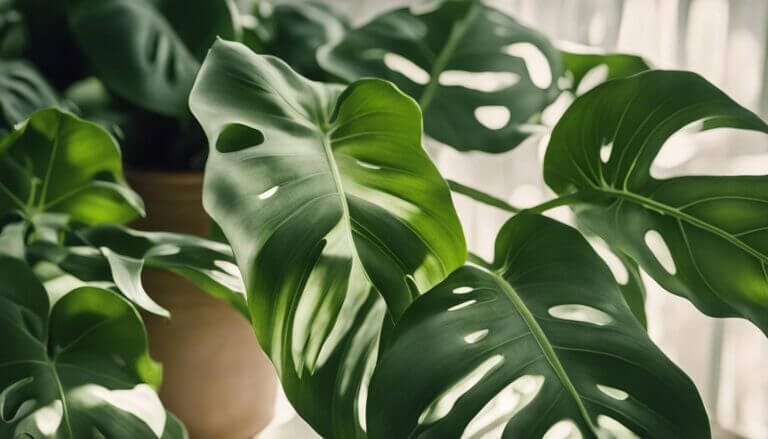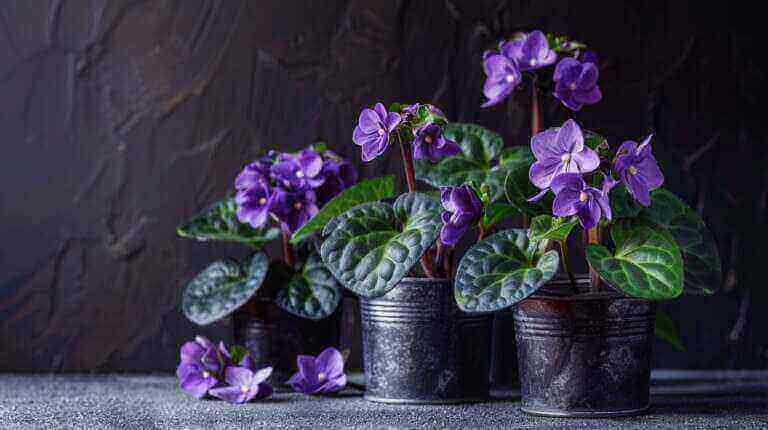Repotting Peperomia Plants: When to Transplant and How to Do It Right
Repotting peperomia houseplants is an essential part of their care. Knowing when and how to repot them properly can ensure that they thrive in their new pots. In this article, I will guide you on when to transplant your peperomia plants and provide step-by-step instructions on how to repot them correctly.
Key Takeaways:
- Repotting peperomia houseplants is crucial for their growth and health.
- Signs that indicate the need for repotting include quick drying of the soil, roots on the surface, and the plant becoming root-bound.
- When repotting, gently remove the plant from its pot, loosen the root ball, and choose a slightly larger pot with drainage holes.
- Use a well-draining potting mix suitable for peperomia plants, such as a succulent/cactus mix or a blend of peat moss and perlite.
- Popular peperomia varieties that are great for repotting include the watermelon peperomia, Napoli nights, and polybotrya raindrop.
When to Repot Peperomia Houseplants
Knowing when to repot your peperomia houseplants is crucial for their overall health and growth. There are a few key signs to look out for that indicate it’s time for a repotting. Firstly, if you notice that the soil in your peperomia’s pot dries out unusually quickly, it may be a sign that the plant has outgrown its current pot. Another indication is when you see roots starting to emerge from the surface of the pot, as this suggests that the plant is becoming root-bound. Additionally, if you observe stunted growth or a decline in the plant’s overall health, it may be a result of the roots not having enough space to grow.
Typically, peperomia plants need to be repotted every 2-3 years. However, this can vary depending on the specific variety and the rate of growth. It’s important to keep an eye on the plant’s condition and act accordingly. Repotting at the right time will prevent the potting mix from becoming too compact and ensure that your peperomia thrives in its new pot.
Signs that indicate it’s time to repot your peperomia houseplant:
- Quick drying of the soil
- Roots on the surface of the pot
- The plant becoming root-bound
- Stunted growth or a decline in overall health
How to Repot Peperomia Houseplants
Repotting peperomia houseplants is a simple process that can be done in a few easy steps. By following these repotting steps, you can ensure the health and well-being of your peperomia plants.
Step 1: Removing the Plant
Start by gently removing the peperomia plant from its current pot. Carefully loosen the root ball with your fingers, being cautious not to damage the roots. It’s important to note that peperomias don’t like to be disturbed too much, so try to retain as much of the original potting mix as possible.
Step 2: Choosing a New Pot
Next, select a new pot that is slightly larger than the current one. This will allow room for the peperomia plant to grow. Make sure the new pot has drainage holes to prevent water from pooling at the bottom, as peperomias don’t like to sit in wet soil.
Step 3: Adding Potting Mix
Fill the new pot with a suitable potting mix for peperomia plants. A mix of succulent/cactus soil or a combination of peat moss and perlite works well. The potting mix should be well-draining to prevent waterlogged roots. Place the peperomia plant in the new pot, ensuring that it is at the same level as before. Fill in the gaps with more potting mix, making sure not to bury the stem too deep.
Step 4: Watering and Care
After repotting, water the peperomia plant thoroughly to settle the soil. However, be careful not to overwater, as excessive moisture can lead to root rot. Place the plant back in its designated spot, ensuring it receives adequate light and humidity. Monitor the moisture levels of the soil and water only when the top inch feels dry to the touch.
| Repotting Steps | Summary |
|---|---|
| 1. Gently remove the peperomia plant from its current pot, loosening the root ball. | Handle the plant with care to avoid damaging the roots. |
| 2. Choose a new pot that is slightly larger than the current one, with drainage holes. | Allow room for the plant to grow and ensure proper drainage. |
| 3. Fill the new pot with a well-draining potting mix suitable for peperomia plants. | Use a mix of succulent/cactus soil or a combination of peat moss and perlite. |
| 4. Place the peperomia plant in the new pot, ensuring it is at the same level as before. | Fill in with more potting mix, avoiding burying the stem too deep. |
| 5. Water the plant thoroughly after repotting, but avoid overwatering. | Monitor the moisture levels and water only when the top inch of soil is dry. |
Choosing the Right Pot for Repotting Peperomias
When repotting your peperomia plants, selecting the right pot is crucial for their well-being and growth. The pot size, drainage capacity, and choice of potting mix all play a significant role in ensuring the health of your plants.
Choosing the Pot Size
It’s important to choose a pot that is only slightly larger than the current one. A pot that is too big can lead to overwatering and root rot. A general rule of thumb is to select a pot that is one size larger or has a diameter that is 1-2 inches larger than the current pot. This allows the roots to have room to grow without being overwhelmed by excess moisture. Avoid using pots that are significantly larger, as they can cause the peperomia plant’s roots to sit in damp soil for extended periods, increasing the risk of root rot.
Optimizing Drainage
A well-draining pot is crucial for peperomia plants, as they prefer soil that is not constantly saturated. Look for pots with drainage holes at the bottom to allow excess water to escape. These drainage holes aid in preventing water from accumulating in the pot and causing root rot. Additionally, using a pot with feet or placing the pot on a tray filled with pebbles can elevate the pot slightly, further improving drainage.
Choosing the Right Potting Mix
Peperomia plants thrive in a well-draining potting mix that provides adequate moisture retention without becoming waterlogged. A suitable potting mix can consist of a blend of succulent/cactus mix and perlite or a mixture of peat moss and perlite. These mixes promote good drainage and prevent the roots from sitting in water. Avoid using regular houseplant soil, as it tends to retain too much moisture and can lead to root rot in peperomia plants.
The Best Potting Mix for Repotting Peperomia Houseplants
When it comes to repotting peperomia houseplants, choosing the right potting mix is crucial for their overall health and growth. Peperomias prefer a light and well-draining soil blend that will provide the necessary moisture without causing root rot. Here are some suitable options for creating the best potting mix:
Peat Moss and Perlite Mix
A mix of peat moss and perlite is an excellent choice for peperomia plants. Peat moss retains just the right amount of moisture, while perlite improves drainage and aeration. To create this blend, mix equal parts peat moss and perlite, ensuring a well-balanced moisture level for your peperomia.
Succulent/Cactus Mix
A succulent/cactus mix is another great option for repotting peperomia houseplants. This type of potting mix is specifically formulated to provide excellent drainage and prevent waterlogged roots. It typically consists of a combination of sandy soil, perlite, and organic matter, ensuring optimal conditions for your peperomia’s root system.
Peat Moss, Perlite, and Orchid Bark Blend
If you want to enhance the drainage and aeration even further, you can add orchid bark to the peat moss and perlite mix. Orchid bark helps to create air pockets in the soil, promoting healthy root growth and preventing excess moisture. Mix one part peat moss, one part perlite, and one part orchid bark for a well-balanced and suitable soil blend.
Remember to avoid regular houseplant soil, as it tends to retain too much moisture and can lead to root rot in peperomia plants. By using the right potting mix, you can provide your peperomia with the ideal growing conditions and ensure its long-term health and vitality.
Common Peperomia Varieties for Repotting
Peperomia plants come in a wide variety of species and cultivars, each with its unique characteristics and charm. Here are three popular peperomia varieties that are well-suited for repotting:
Watermelon Peperomia (Peperomia argyreia)
The watermelon peperomia is aptly named for its foliage, which resembles a watermelon rind. Its silver-patterned leaves with green stripes make it a visually striking addition to any indoor plant collection. This variety is relatively easy to care for and can be repotted to enhance its growth and overall health.
Napoli Nights Peperomia (Peperomia napoli nights)
The Napoli nights peperomia is known for its textured, silvery-green leaves with striking deep red undersides. The contrasting colors of its foliage make it a standout plant that adds visual interest to any space. Repotting this variety can provide it with the necessary room for growth and ensure it continues to thrive.
Polybotrya Raindrop Peperomia (Peperomia polybotrya)
The polybotrya raindrop peperomia features large, heart-shaped leaves that resemble raindrops. Its glossy green foliage and compact growth habit make it an excellent choice for repotting. By providing the right pot size and suitable potting mix, you can help this variety flourish in its new container.
Repotting these popular peperomia varieties not only allows for better root health and growth but also rejuvenates the overall appearance of the plants. With proper care and attention to their specific needs, these peperomia plants can bring joy and beauty to your indoor garden.
Tips for Repotting Peperomia Houseplants
When it comes to repotting your peperomia houseplants, there are a few tips that can help ensure successful transplanting and promote their overall health. Here are some expert recommendations:
- Choose high-quality potting soil: Consider using a specialized potting soil like Smart Naturals potting soil, which contains coco fiber. This organic material improves drainage and helps prevent root rot.
- Add coco fiber or orchid bark: To further enhance drainage, mix in some coco fiber or orchid bark into your potting mix. These additives will help create a well-draining environment for your peperomia plants.
- Water sparingly: Peperomias prefer well-draining soil, so it’s important not to overwater them. Allow the soil to dry partially between watering sessions to avoid waterlogged roots.
Expert tip: “When repotting peperomia houseplants, it’s crucial to provide them with a well-draining environment. Using potting soil with coco fiber and adding additional drainage materials like orchid bark can help prevent root rot and promote healthy growth.” – [Your Name], Plant Care Specialist
Common Issues and FAQs for Repotting Peperomia Houseplants
When it comes to repotting peperomia houseplants, there are a few common issues that plant owners may encounter. Understanding these problems and how to address them can help ensure the success of your peperomia plant care. Here are some frequently asked questions:
Why are the leaves dropping from my peperomia plant?
Leaf dropping in peperomia plants can be caused by a variety of factors. One common reason is overwatering, which can lead to root rot and subsequent leaf drop. Another possible cause is insufficient light. Peperomias thrive in bright, indirect light, so make sure your plant is receiving adequate illumination.
What should I do if my peperomia plant is wilting?
Wilting in peperomia plants can be a sign of both overwatering and underwatering. To determine the cause, check the moisture level of the soil. If it is soggy or waterlogged, your plant may be overwatered. Allow the soil to dry out before watering again. On the other hand, if the soil is completely dry, your plant may be underwatered. In this case, give it a thorough watering and monitor its moisture needs going forward.
Why are the leaves of my peperomia plant turning yellow?
Yellowing leaves in peperomia plants can indicate a variety of issues. Overwatering is a common culprit, as it can lead to root rot and yellowing foliage. Other possible causes include nutrient deficiencies, improper humidity levels, or even pest infestations. Assess the overall health of your plant, adjust your watering routine, and consider providing appropriate nutrition and environmental conditions to resolve the issue.
FAQ
When is the right time to repot peperomia houseplants?
Signs that indicate it’s time to repot your peperomia plants include quick drying of the soil, roots on the surface of the pot, or the plant becoming root-bound. Generally, peperomias should be repotted every 2-3 years.
How do I repot peperomia houseplants?
To repot your peperomia plants, gently remove the plant from its pot and loosen the root ball. Choose a slightly larger pot and use a well-draining potting mix. Place the plant at the same level as before, fill in with more potting mix, water thoroughly, and return it to its growing spot.
What should I consider when choosing a pot for repotting peperomia plants?
It is important to choose a pot that is only slightly larger than the current one to prevent overwatering and root rot. Ensure that the pot has drainage holes to allow excess water to escape.
What is the best potting mix for repotting peperomia houseplants?
Peperomia plants prefer a light and well-draining potting mix. A suitable soil blend can consist of 2 parts succulent/cactus mix and 1 part pumice. Another option is to use a mix of peat moss and perlite or coarse sand. Adding orchid bark can provide additional aeration and improve drainage.
What are some popular peperomia varieties suitable for repotting?
Some popular peperomia varieties for repotting include the watermelon peperomia (Peperomia argyreia), the Napoli nights peperomia (Peperomia napoli nights), and the polybotrya raindrop peperomia (Peperomia polybotrya). These varieties offer attractive foliage and can thrive when repotted correctly.
Any tips for repotting peperomia houseplants?
Consider using a high-quality potting soil, such as Smart Naturals potting soil. Mix in some orchid bark or charcoal to enhance drainage and prevent root rot. Remember to water sparingly and provide well-draining soil.
What are common issues and FAQs for repotting peperomia houseplants?
Common issues include leaf dropping (which can be a sign of overwatering or insufficient light), wilting (which can indicate both overwatering and underwatering), and yellowing leaves (which can result from overwatering or other underlying issues). It’s important to address these problems promptly for the well-being of your peperomia plants.







